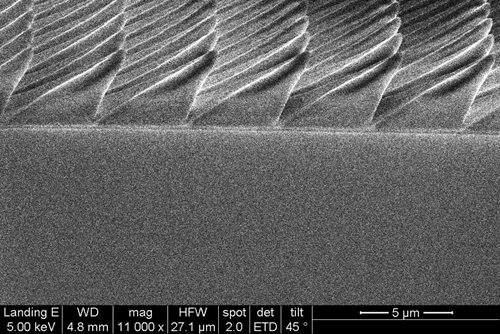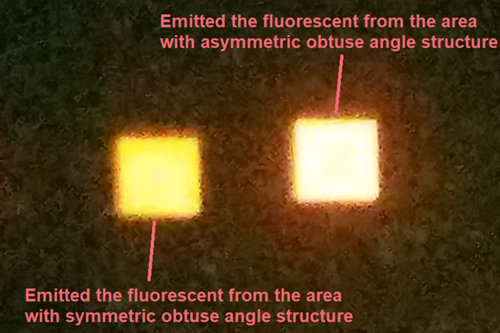
Researchers at Pennsylvania State University (Penn State) have found that the luminous efficiency of LEDs can be improved by replicating the fire-emitting structure of fireflies.
Stuart (Shizhuo) Yin, an electrical engineering expert at Penn State University, pointed out that most commercial LEDs currently emit about 50% of their luminous efficiency. How to improve the so-called LED light extraction efficiency is one of the keys to research. They focus on how to extract from LEDs. Light.
The team found that light disappears when it is reflected backwards, so fireflies and LEDs face similar challenges in releasing light. One solution for LEDs is to create a microstructure on its surface that is textured to emit more light. However, the microstructure of most LED surfaces is symmetrical, with the same angle of inclination on each side.

Fireflies’ “lanterns” also have microstructures, however, the researchers found that the microstructures were asymmetrical, with one side tilting at different angles. They also found that other insects that glowed had similar structures. In view of this, they decided to try to create a similar asymmetric structure on the LED surface.
Researchers have successfully created asymmetric microscopic pyramid structures on the LED surface to improve light extraction efficiency in two ways. First, the asymmetric pyramid structure has a large surface area that promotes more interaction of light with the surface, allowing less light to be absorbed. Later, when the light hits two different tilt angles of the asymmetric pyramid structure, the light reflection has more randomness, which means that the light reflects more.

By adopting this method, the LED light extraction efficiency is increased to 90%. The research team applied for a patent for the study and said they are seeking to work with relevant manufacturers to promote the commercialization of the technology.
It is reported that the results of this study have been published in the journal Optik.
